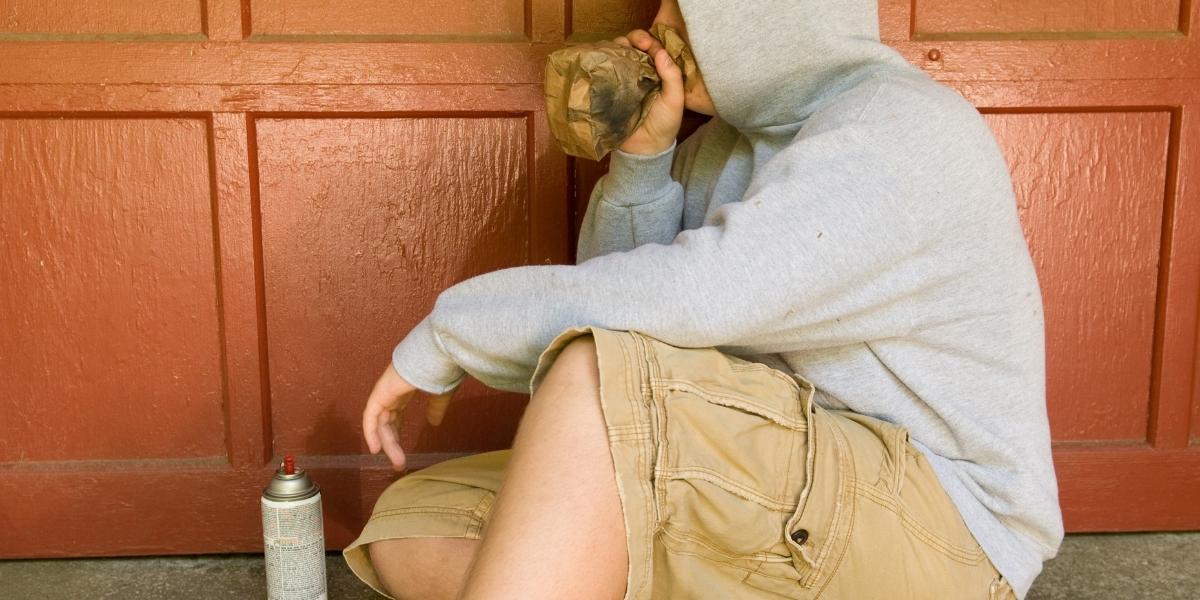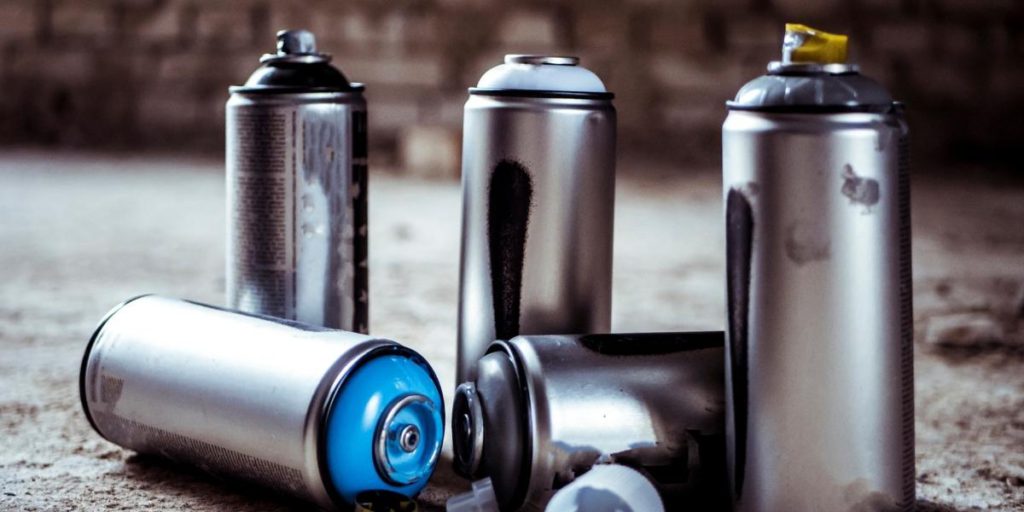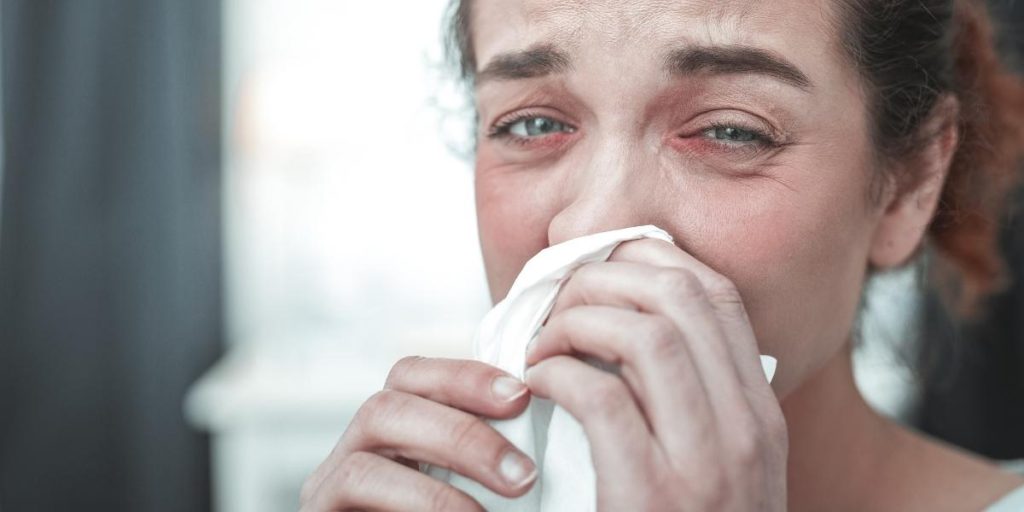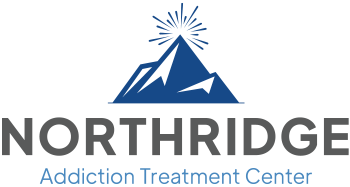What Is Huffing?

The first time many children and teenagers get high, they don’t use illegal drugs or alcohol— they use everyday household items.
Huffing refers to breathing in the toxic chemicals and fumes from products to achieve a fast and easy high. Typically users will spray the product into a bag and take deep breaths to force the chemicals into their bloodstreams. The effect is brief but similar to the effects of alcohol.
Sometimes called sniffing or inhalant abuse, intentional exposure to paint, glues, nitrous oxide, and many other chemicals can have dangerous consequences.
Learning the signs and symptoms of inhalant abuse and how to get help can prevent a lifetime of addiction and substance abuse and prevent long-term health effects and death.
Meaning of Huffing
Purposefully inhaling the fumes from paint, spray paint, or other household products to experience a high is called huffing.
Sometimes referred to as sniffing or inhalant abuse, huffing is popular among teens and young adults looking for an easy, quick high that doesn’t require illegal substances.
Generally, huffing involves spraying inhalants, paint, or chemicals into a paper or plastic bag, placing the bag around the mouth and nose, and inhaling deeply until the desired effects kick in. Sometimes rags are soaked with the chemicals and placed over the nose or mouth if a bag is unavailable.
Some other terms for huffing or intentionally inhaling toxic chemicals include:
- Bagging
- Sniffing
- Snorting
- Dusting
- Spraying
- Glading
- Whippits or whip-its
Many of these terms are interchangeable, but some refer to specific methods of inhaling or substances being inhaled.
Huffing Paint
Most paint and spray paint contains toluene, a potent chemical that reacts with dopamine receptors in the brain, causing euphoria, pleasure, and relaxation.
Silver and gold paints reportedly have the highest toluene content and are the most popular when it comes to huffing paints. The popular media image of common abusers walking around with silver lips and teeth originated from that.
Toluene effects are just a bonus for people with an addiction to inhalants. The actual high from paint and any other chemical comes from the way the toxins immediately enter the bloodstream through the blood vessels in the lungs to interact with the nervous system, mimicking the effects of alcohol for a short period.
While the rush and high from huffing wear off quickly, the chemicals stay present in the body for much longer.
Other household products used for huffing include:
- Cleaning fluids
- Degreaser
- Nitrous oxide (often from whip cream canisters)
- Paint thinner
- Nail polish remover
- Glue
- Gasoline
- Markers
- Hairspray
- Leather cleaners
- Aerosol deodorizers
- Keyboard cleaner
If you are unsure if a chemical in your household can be used for inhalant abuse, a good rule of thumb is to look at the instructions to see if they recommend wearing a mask or “using in a well-ventilated area.”

Why Is Huffing Dangerous?
Huffing is dangerous because it has immediate harmful effects, long-term effects, physical and mental health dangers, and a high risk of sudden sniffing death syndrome (SSDS), affecting first-time users and habitual huffers equally.
No antidote to sudden sniffing death syndrome exists, and people often die within minutes.
The high from inhalant abuse is short-lived; most users take repeated hits, which increases the odds of permanent damage to the brain, overdose, and turning to other drugs and alcohol.
Because the chemicals themselves do not have addictive properties or consistently cause withdrawal symptoms, inhalant abuse is considered a psychological disorder by the American Psychological Association (APA) instead of a substance use disorder.
The National Institutes of Health (NIH) notes that “inhalant abuse and dependence criteria parallel the generic substance abuse and dependence diagnostic criteria” and that many inhalant abusers develop other substance use disorders.
Signs and Symptoms of Huffing
The most common abusers of inhalants are teenagers, which can make spotting the signs and symptoms difficult for various reasons. However, inhalant abuse does have several distinct behavioral and physical traits that an informed loved one can use to identify addiction to inhalants in their loved ones.
Some of the signs and symptoms of huffing include:
- Slurred speech
- Lack of coordination
- Confusion
- Drowsiness
- Dizziness
- Frequent headaches
- Mood swings
- Chemical smells on their breath and skin
- Paint stained hands or face
- Empty paint or chemical containers
- Stained or discolored rags
- Paper or plastic bags with paint residue
- Coughing
- Wheezing
- Red eyes
- A hoarse or raspy voice
- Difficulty swallowing
Short-Term and Long-Term Effects
The National Institute on Drug Abuse (NIDA) warns that huffing is extremely dangerous. Even one instance of inhalant abuse can have short-term and long-term effects due to how the chemicals linger in the body and affect blood vessels and the nervous system. The more chronic the inhalant abuse is, the more likely lasting physical and mental health effects are.
Frequent short-term effects of huffing include:
- Slurred or slow speech
- Disorientation
- Lack of coordination
- Delayed reactions
- Headache
- Sweating
- Hallucinations
- Drowsiness
- Numbness
- Sores in and around the mouth
- Vomiting
- Loss of consciousness
- Laughing fits
- Aggression
- Hypersexual behavior
The build-up of chemicals from huffing, especially with repeated use, leads to long-term effects, including:
- Liver damage
- Muscle spasms
- Kidney damage
- Bone marrow loss
- Anemia
- Heart failure
- Hearing loss
- Paranoia
- Depression
- Light sensitivity
- Developmental difficulties
- Vision loss
- Lung damage
- Miscarriages
- Birth defects
- Sleep disorders
- Suicidal thoughts
- Seizures
- Coma
- Sudden sniffing death syndrome
Severe or prolonged cases of inhalant abuse, especially when another drug habit is present, may cause withdrawal symptoms that require medical help.
With proper medical care and treatment, many of these issues will be resolved or manageable once the body is free from toxic chemicals. However, many people addicted to inhalants will need professional help from addiction centers and treatment programs to quit successfully.

Inhalant Abuse Rehab
If you or a loved one is struggling with inhalant abuse or multiple addictions, help is available.
At Northridge Addiction Treatment Center, we offer medical detox to treat withdrawal symptoms and cravings appropriately while keeping your safety as the top priority and maintaining your privacy and comfort.
As soon as you enter our residential treatment center, our caring and experienced team will work with you to develop a personalized treatment plan that addresses the causes and effects of addiction and allows you to take control of your recovery and healing.
Reach out today to take the first steps to a lifelong path of recovery. Our compassionate admissions specialists are eager to help you stay drug free and find treatment today.
Find Meaningful Recovery
Our caring and compassionate specialists are eager to help you comfortably navigate this journey to recovery. Our individualized treatment plan, programs, and therapies may be a perfect match for you or your loved one. Let us assist you in living the happy life you deserve. It starts with a phone call.



